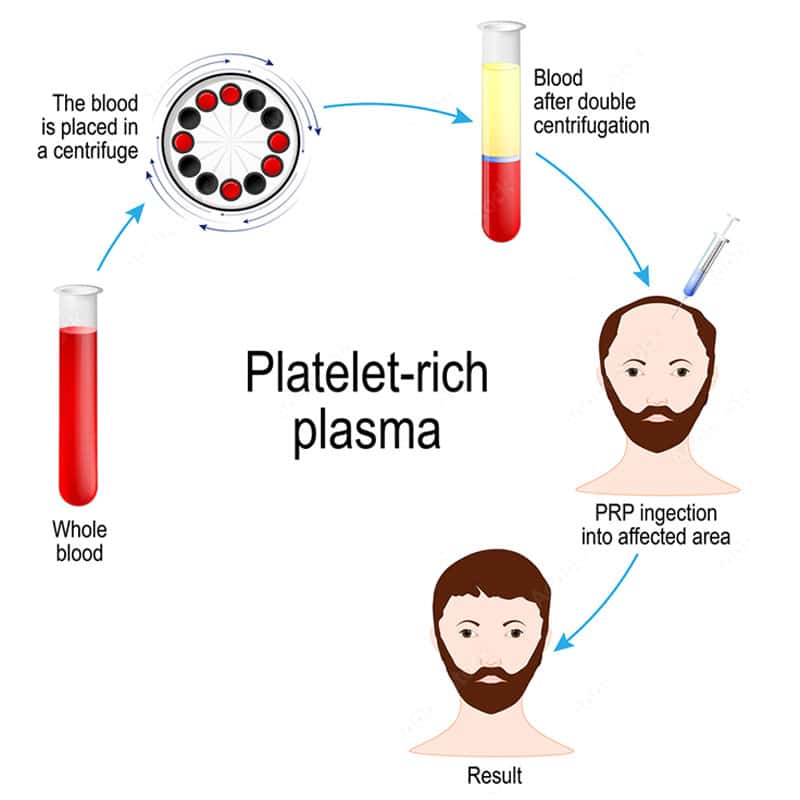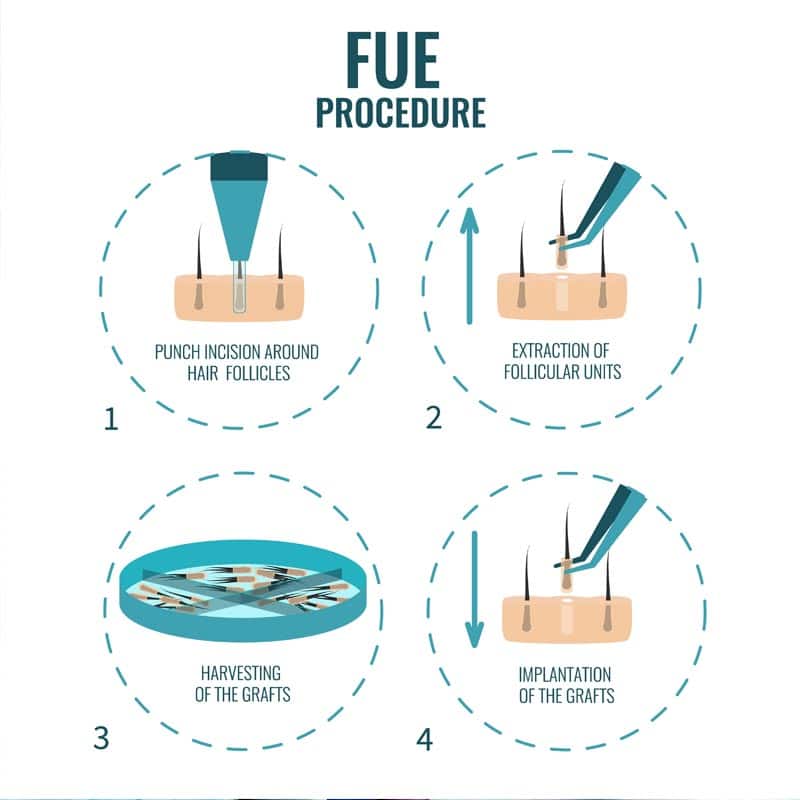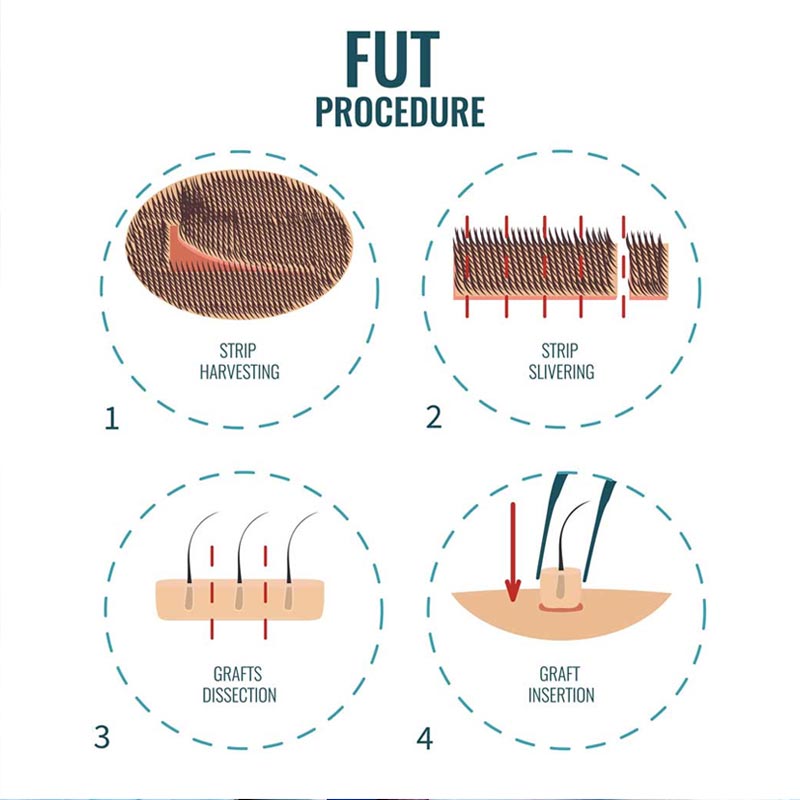Description:
Myomectomy is a surgical procedure to remove fibroids (also known as uterine fibroids), which are benign tumors made of muscle and connective tissue that grow in or on the uterus. Fibroids can vary in size and can be located in different areas of the uterus, including within the uterine muscle (intramural), on the outer surface of the uterus (subserosal), or within the uterine cavity (submucosal). Myomectomy is often performed on women who experience symptoms such as heavy menstrual bleeding, pelvic pain, or pressure, or whose fibroids affect fertility. Unlike a hysterectomy, which involves the removal of the entire uterus, myomectomy removes only the fibroid, preserving the uterus.
Indications:
- Symptomatic fibroids causing heavy menstrual bleeding, chronic pelvic pain, or feelings of pressure in the pelvic area
- Fibroids that impair fertility or increase the risk of miscarriage
- Large or rapidly growing fibroids that may affect normal uterine function
- Submucosal fibroids that grow into the uterine cavity and cause bleeding or other symptoms
- Women who want to avoid a hysterectomy and wish to preserve their uterus
Procedure:
- Pre-Procedure Assessment and Preparation: Before a myomectomy, a thorough gynecological examination is performed, including imaging tests such as ultrasound or magnetic resonance imaging (MRI) to determine the exact location and size of the fibroids. The doctor discusses the different surgical methods with the patient and chooses the appropriate technique based on the number, size, and location of the fibroids, as well as the individual needs of the patient.
- Surgical Techniques:
- Laparoscopic Myomectomy: A minimally invasive method involving several small incisions in the abdomen. A laparoscope (a thin tube with a camera) is inserted through one of the incisions to visualize the uterus and fibroids. The fibroids are then removed using special instruments. This method is ideal for smaller and less complex fibroids and offers the benefits of shorter recovery times and less scarring.
- Hysteroscopic Myomectomy: This method is used to remove submucosal fibroids that grow into the uterine cavity. A hysteroscope (a thin, lighted instrument) is inserted through the vagina and cervix into the uterus. Special instruments guided through the hysteroscope allow the fibroids to be removed without the need for abdominal incisions.
- Abdominal (Open) Myomectomy: This method is chosen when the fibroids are very large or numerous, or when other methods are not suitable. A larger incision is made in the lower abdomen to provide direct access to the uterus. The fibroids are surgically removed, and the uterus is then reconstructed. This method usually requires a longer recovery time and leaves a larger scar.
- Aftercare: After surgery, the patient is typically monitored in the hospital for a short period, especially following an abdominal myomectomy. Pain management, wound care, and postoperative instructions to avoid physical exertion and heavy activities are crucial for healing. Regular follow-up visits are required to monitor the healing process and detect any potential complications early.
Benefits:
- Removal of fibroids while preserving the uterus
- Relief from symptoms such as heavy menstrual bleeding, pain, and pressure
- Improvement of fertility and reduction of the risk of miscarriage in affected women
- Various surgical options that can be tailored based on the size, location, and number of fibroids
- Shorter recovery times and less scarring with minimally invasive methods




